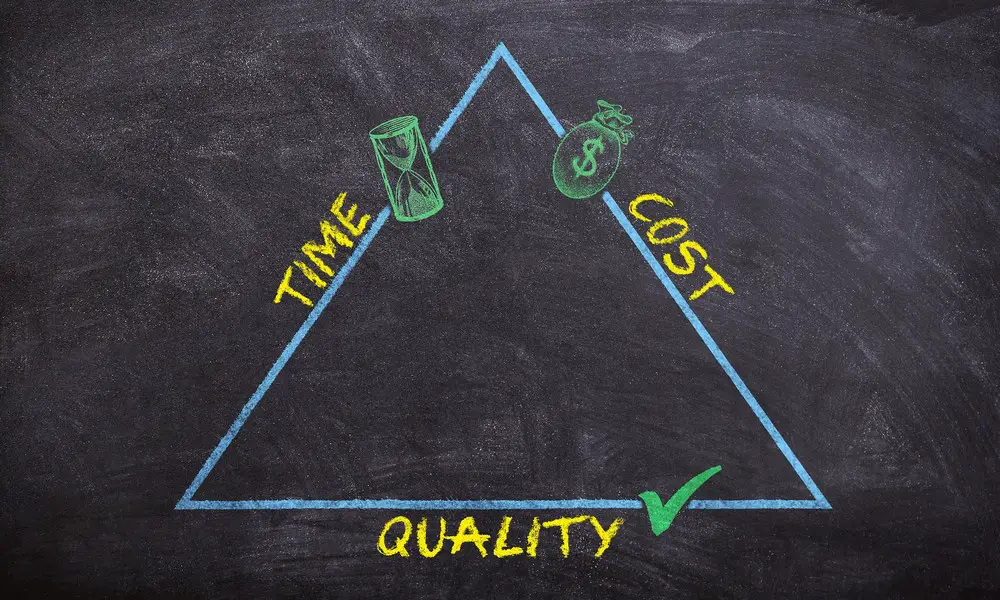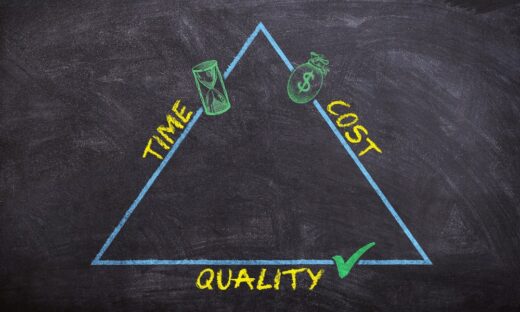How to develop an effective project management plan, PMI classroom training tips
Develop an Effective Project Management Plan Guide
9 Aug 2022
There is no denying that an effective method for planning a project takes a lot of time and calls for careful consideration. Inadequate planning, on the other hand, will prevent the project from accomplishing its goals, and it will increase the likelihood of experiencing budget and schedule overruns, which will ultimately lead to the project’s cancellation.
With careful project planning, and getting your project run by council approvals, these problems can be overcome. It gives project managers the ability to record all of the fine details of the project and not miss anything important.
Nevertheless, planning a project entails more than just laying down a schedule of events in chronological order. This in-depth blog post will guide you through the process of developing an efficient project plan that you can use for your next project.
How to Develop an Effective Project Management Plan – Planning
Identify all stakeholders
Your project involves several different stakeholders, and it is unrealistic to expect all of them to be involved in every aspect of the project. Members of the project’s stakeholder group include
Your client, the people who will ultimately use the product, the company and its executives, and the group of people who will be actively involved in the project.
Some projects have outside groups or individuals who are directly impacted by the initiative as stakeholders.
Establish roles and duties
There are several project management abilities and competencies that must be established once your stakeholders have been identified. Once you have that list, you can create roles and give individual stakeholders their respective tasks.
Always remember that a role cannot replace a person.
- In certain circumstances, a single individual can fulfill the requirements of more than one role, such as acting as a designated emergency contact. This kind of responsibility only requires a person to put in a few extra hours of work each week.
- In some circumstances, numerous people may fill the same position, such as when your project calls for a team of multiple software developers.
Develop a breakdown of the project’s tasks
Create “work packages” by breaking down the project’s overall scope into smaller, more achievable deliverables and tasks. This will allow you to assign resources to different portions of the project based on the specific talents required for each task. Planning and coordination are two essential activities of project management, and the work breakdown structure makes both of these functions easier to do.
Recognize problems and carry out a risk evaluation
There is no such thing as a risk-free endeavor. Ignore the cliche of “crossing your fingers.” Does the upcoming vacation of a key member of the team pose any challenges to the project’s schedule? What may create a hiccup?
Managing risk and identifying measures to reduce or limit risk should be part of the project planning process. Put together a risk assessment and a plan for dealing with it.
Present the project plan to stakeholders
The presentation of a project is critical. Describe how your strategy addresses the concerns and expectations of the various stakeholders. A one-sided presentation should be avoided. Consult with relevant parties.
You don’t have to constantly inform your stakeholders on the progress of your project by making it clear. When all project data is stored in a single location, it’s much easier to track progress, share updates, and make changes without having to schedule meetings.
Comments on this guide to How to Develop an Effective Project Management Plan article are welcome.
Buying Property
Buying Property Posts
7 Tips Before Buying a Luxury Home
Future of house buying advice from leading experts
4 Tips For Buying Luxury Property In London
Buildings
Contemporary Property Articles
Comments / photos for the An Effective Project Management Plan page welcome







